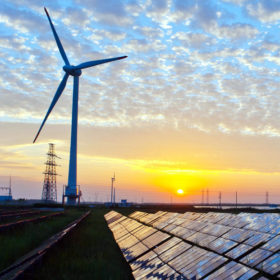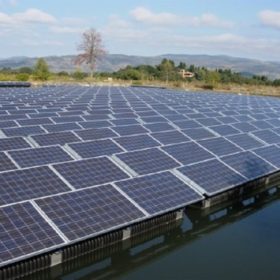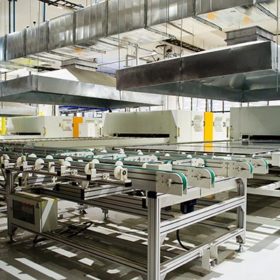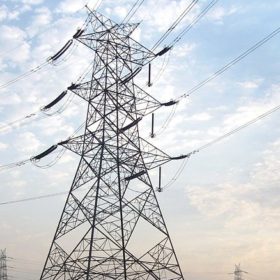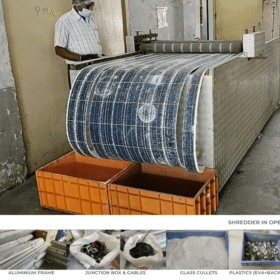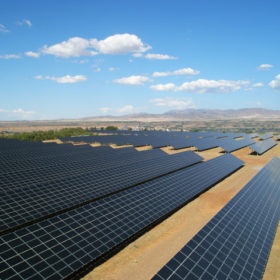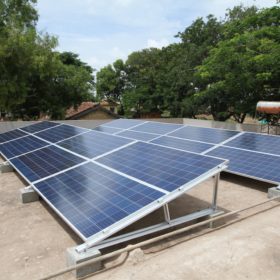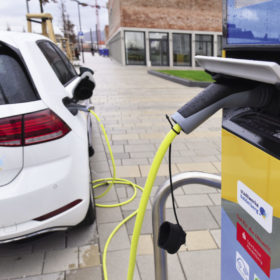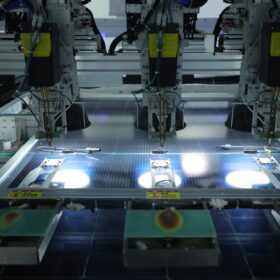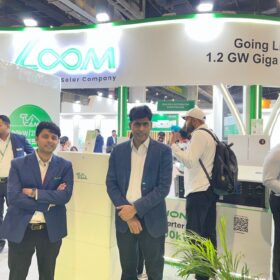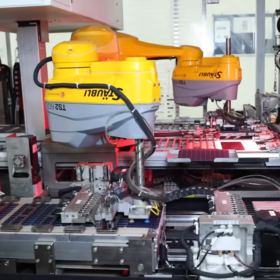Hybrid renewable tariffs unlikely to match PV-specific
Uncertainty around generation compensation in the event of curtailment due to grid safety reasons and the requirement to maintain at least 33% wind project share in the total contracted capacity are among the deciding factors in tariff assessment.
Madhya Pradesh to host ‘world’s biggest floating PV plant’ within two years
The 2,000ha installation, which will surpass in scale a 150 MW plant in China’s Anhui province, will reportedly require a INR3,000 crore investment.
India needs to adopt a balanced approach for solar manufacturing
A new report says the imposition of safeguard duties and basic custom duties is only a partial solution to help the domestically produced solar modules remain competitive with imported panels. The government needs to adopt a long-term strategy towards PV manufacturing that supports backward integration and sustained innovation.
Debunking feeder segregation
Feeder segregation, i.e., the installation of dedicated electricity supply lines for agriculture, is often celebrated as the solution to the electricity utilities’ pain point of free or highly subsidized electricity supply for agriculture. But does it address the root cause of the issue?
Establishing a solar module recycling system in India
Ankit Kapasi and Kishore Ganesan from SOFIES India are working on Solar Waste Action Plan (SWAP) project in India, which is looking to investigate both the technical and economic feasibility of a PV module recycling system in the country. The pilot has been funded by Signify Foundation and Doen Foundation. The team at Sofies is working closely with technology partner Poseidon Solar and has recently established the first PV recycling pilot plant in September 2020. The duo spoke to pv magazine about their plant’s techno-commercial feasibility and the Indian eco-system’s readiness for PV module recycling.
Structural factors driving down solar tariffs in India
An analysis by India Ratings and Research (Ind-Ra) says improvements in PV panel designs and costs, lower financing costs, and state-specific sectors such as the location’s solar potential and certain waivers have driven the decline in Indian solar tariffs.
Green hydrogen cost could fall more than 50% by 2030
With this, green hydrogen (hydrogen produced using renewable energy) would become cost-competitive with hydrogen from fossil fuels in certain industrial applications such as ammonia production for fertilizers.
32% growth in electricity subsidies shows that public DISCOMs need reforms
A new report looks at the rising dependence of India’s DISCOMs on electricity subsidies, despite concerted bailout efforts by the central government. It assesses various states’ performance in reining in DISCOMs’ financial losses and enhancing their overall efficiency over the last five years. Building on these findings, the study suggests reforms in the distribution and design of subsidies to increase power companies’ revenues as consumption surges.
The case for distributed solar with storage
Gopal Lal Somani, a former director at the Jaipur-based Rajasthan Renewable Energy Corporation Ltd (RRECL), says distributed solar systems with storage are the key to achieving India’s mission of supplying clean energy at an affordable cost to all. In this article, he dwells on the benefits and techno-commercial feasibility of these systems for the nation.
India’s 2030 electric vehicle ambition could create INR 85,900-crore battery opportunity
A new report says that the nation would require an estimated annual battery capacity of 158 GWh to realize its 2030 electric vehicle (EV) adoption target. Meeting this potential demand would require investments exceeding INR 85,900 crore (US$ 12.3 billion) in case battery manufacturing is 100% indigenized.
